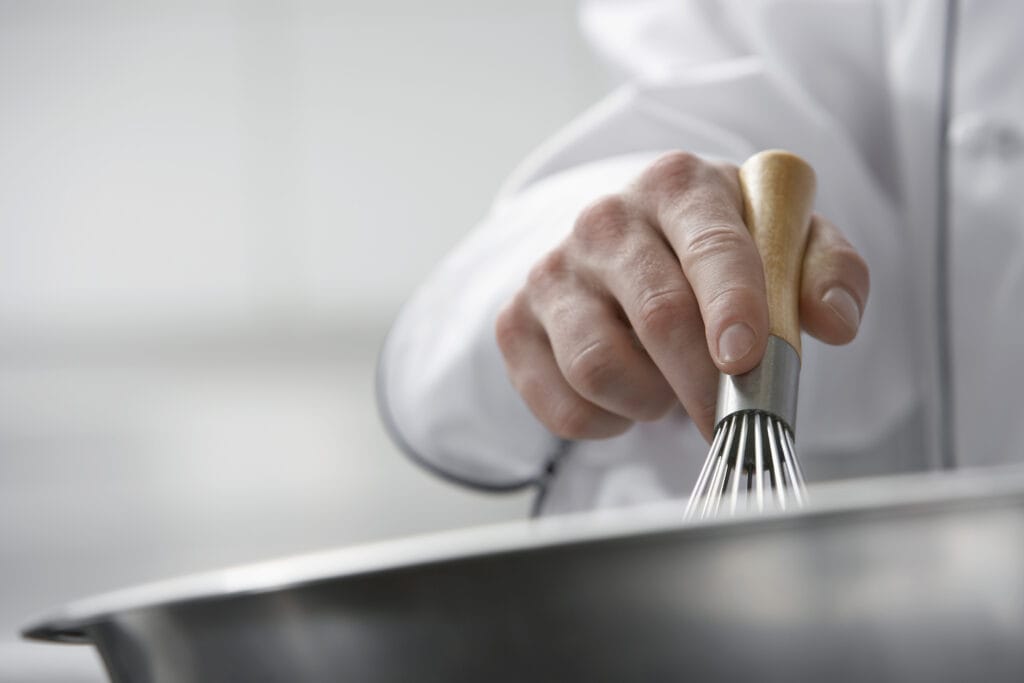In our previous article, Recipe for Quality Printing, we discussed technology and capability – and how to determine your next production method.
The easiest way to determine the best recipe for your next printing project is to speak with the Chef -or in this case, your Salesperson.
Begin by asking questions about color science. Does your Salesperson or printshop have a passion for the science of color printing? Do they work hard to maintain all of their printing devices and ensure they are calibrated? Is your printshop G7 Certified from proof to press? G7 Certification is the ideal way to print the same image across many devices.
At New London, we have so many options for print that we must work extremely hard to maintain our color calibrations. We generate print campaigns that are produced on our digital, offset AND wide format printers – all with the same image but printed on different substrates.
Consider that you have different ink sets and color gamut’s for each printing process. Understanding how much the specific substrate can affect the hue of your color is critical if colors are expected to match from one substrate to another. It takes a strong passion for color science to achieve our client’s color-specifications. Our clients have brands which appear exactly the same across the country and around the world.
The next question would be to understand substrates – or what materials are you printing on? Think of inks and substrates like you would think of the ingredients in a recipe.
These days, there are so many options for high quality paper at affordable prices that you really need to lean on your printer to cut through all the clutter. How will the paper respond to your imagery, drying considerations, coatings and finishing etc…
If you are not knowledgable about paper and substrates, it is a good idea to require a finished mock-up from your Salesperson so you will know how final look and feel is represented.
And never forget that we are more tactile driven than most people think! Touch is almost as important as the imagery. Get it wrong and the message your sending may not be received as intended. Go too thin and your client could assume that you are providing a non-quality product. Or, if you go overboard on quality, they might get the impression that you are too expensive for their budget.
If you have questions about color science, substrates or just would like some assistance designing your piece for production, please give us a call at 770.442.1363. Our experts are available to guide you in the right direction.
